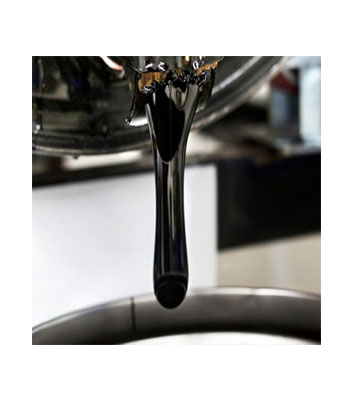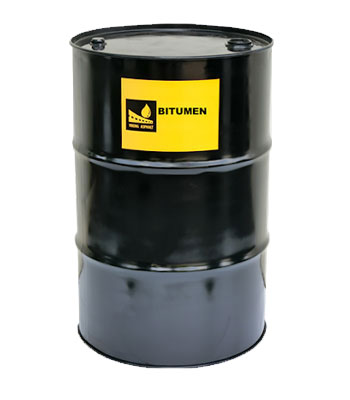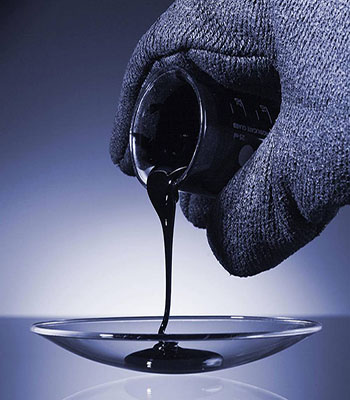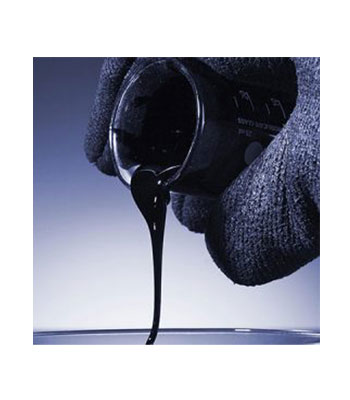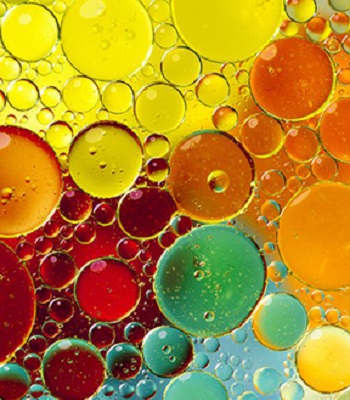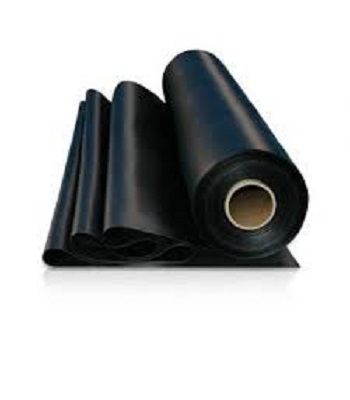This type is produced according to customers' request, Pavements designed and constructed for heavy duty traffic and extreme weather conditions require specially designed engineered Bitumen Grades. changing the characteristics of original bitumen with change of process condition or/and the addition of some modifier such as Polymer, Rubber and ...
Bitumen Emulsion|Bitumen & Tar
Bitumen Emulsions are Basically an O/W – Oil on Water Solution – A Dispersion of Bitumen Particles on Water, Stabilized with the Addition of Surfactants – Surface Active Agents – or Most Commonly known as Emulsifiers, that Will Permit the Bitumen to De Diluted in Water. They are Primarily Used for Tack Coats for use in Between Hot Mix Asphalt Lyers and Prime Coats for Thin Hot Mix Surfacing Layers or a Chip Seal Pavements.
Bitumen MC
Liquid bitumen refers to bitumen that is the result of mixing bitumen with a lubricant (hydrocarbon or water). Ordinary and pure bitumens, such as 60-70 bitumens, are solid in ambient conditions and temperatures, and in order to use them, they must be heated to become liquid, but in many cases, it is not possible to use heat, or it is not economical, or heat. Causes decomposition of bitumen (burning bitumen) and it is not possible to use it cold. In these cases, liquid bitumen is used.
Bitumen VG
Cutback Bitumen|Bitumen & Tar
Cutback Bitumen is by Adding Controlled Amounts of Petroleum Distillates Such as Kerosene. This is Done to Reduce the Viscosity of the Bitumen Temporarily so it Can Penetrate Pavements More Effectively or to Allow Spraying at Temperatures that are too Cold for Successful Sprayed Sealing with Neat Bitumen. The Materials Used to Cutback Bitumen Will Evaporate After Application to Leave the Remaining Material Similar in Hardness to the Original Bitumen Cutback Bitumen Applications is Asphalt Pavement Construction, Maintenancem, Prime and Tack Coating and ...
Emulsions-Bitumen & Tar
Whatever the end use, application conditions usually require bitumen to behave as a mobile liquid. In principle, there are three ways to make highly-viscous bitumen into a low-viscosity liquid:
- Heat it
- Dissolve it in solvents
- Emulsify it
- Cationic emulsions
- Anionic emulsions
- Non-ionic emulsions
- Clay-stabilized emulsions
- Rapid-setting (RS)
- Medium-setting (MS)
- Slow-setting (SS)
ISOGUM-DA -Bitumen & Tar
Iso Gam, Waterproofing of buildings, which was traditionally done with asphalt and bitumen until the last forty years, with the advent of waterproofing and the advantages of this type of insulation, these insulations gradually gave way to these. Today, in most buildings, whether in the foundation stage or in the insulation of walls, services, and roofs, insulation is done with a layer of iso gum waterproofing.
ISOGUM-NI – Bitumen & Tar
Iso Gam, Waterproofing of buildings, which was traditionally done with asphalt and bitumen until the last forty years, with the advent of waterproofing and the advantages of this type of insulation, these insulations gradually gave way to these. Today, in most buildings, whether in the foundation stage or in the insulation of walls, services, and roofs, insulation is done with a layer of iso gum waterproofing.

